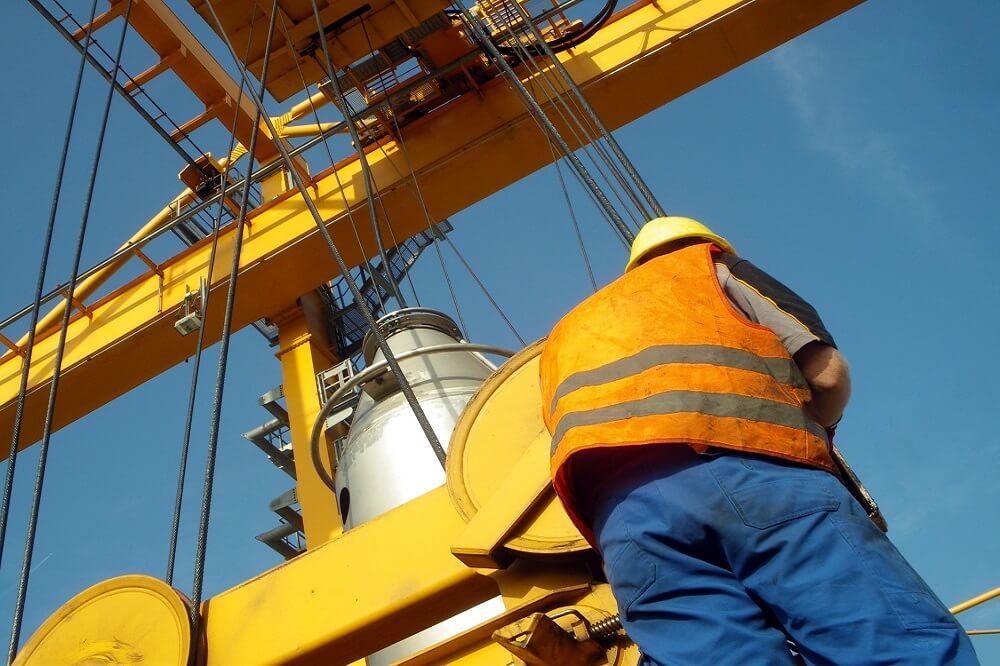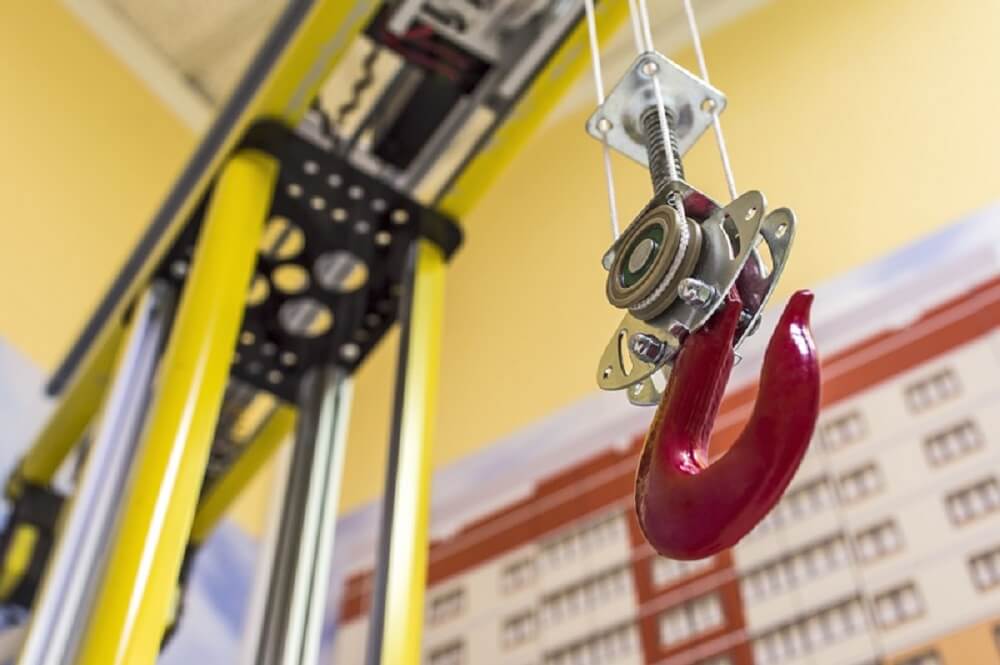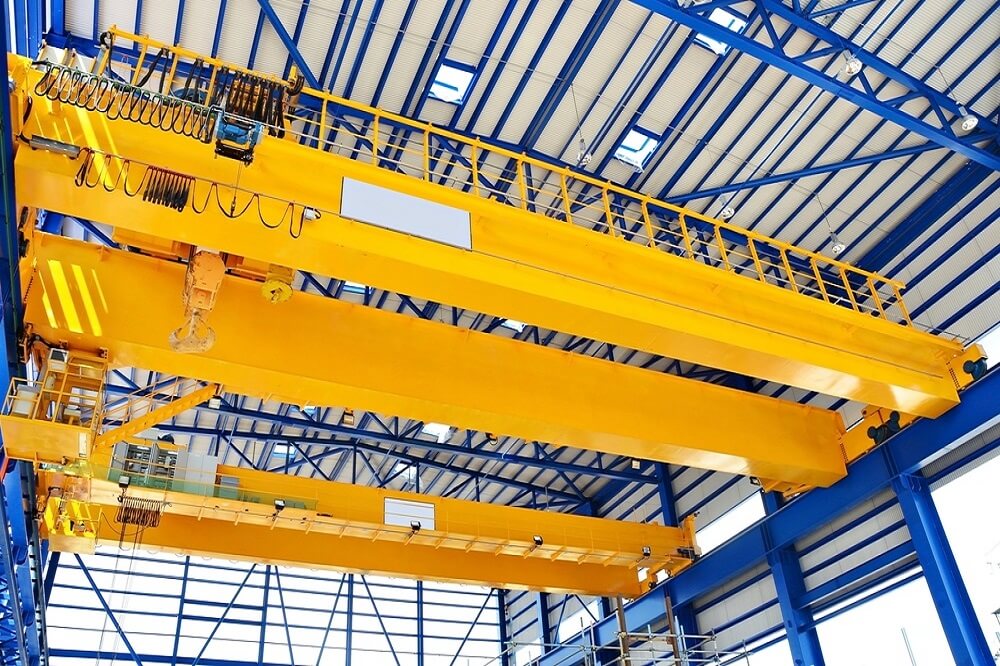A Jib Cranes is a little lifting and material handling device often seen in engineering workshops, godowns, and warehouses. Jib Cranes may be used to raise a variety of materials in applications where frequent lifting and material handling is needed. Manually operated portable jib cranes; however, electrical power may be needed for lifting operations depending on the situation. Jib Cranes of various kinds are also utilized to place cameras during shoots. Cranes with electric hoisting systems may be placed on walls, top elevating, and other places as needed.
Jib cranes have a large market potential due to their cheap cost and versatility of application. As previously said, portable Cranes are employed in industrial activities for material handling and lifting; therefore, the market is quite large. The market is constantly expanding with the development of industrialization and godowns, warehouses, and other facilities. Because so few companies are producing this product, Jib cranes have large market potential in almost all developing nations worldwide.
What Are Jib Cranes?

All cranes with a spinning boom connected to a vertical mast and supporting an electrically or pneumatically operated hoist are called “Jib cranes.” These cranes are employed on commercial and military ships as well as in the construction industry. The self-supported, floor-mounted jib crane is the most popular kind. Cranes are crucial in all lifting operations since they relieve the overhead crane of a lot of labor and minimize waiting time.
To put it in simple words, it is a kind of overhead lifting equipment. If you are working in a smaller area, you need a crane that can easily move in that area and complete the tasks efficiently. In such cases, jib cranes are perfect for this. These are highly versatile cranes, and you can use them with the overhead cranes to maximize work efficiency.
How Do Jib Cranes Function?
- The jib cranes move the load from one place to another and up and down.
- They can rotate and hold the load; in addition, there is a third property in transverse motion.
- These cranes are both manually operated and electric operated. The manual operations work on the push and pull method, while the electrically operated cranes work using the chain.
- The jib cranes are efficient to lift a weight between 250 lbs. to 15 tons.
- Moreover, they have been designed so that their use becomes easier and simplified.
Types Of Jib Cranes
By now, you are aware of the functioning of the jib cranes and their two broad classifications, i.e. the manually operated cranes and electrically operated cranes. Now comes the next important part of it, which is the classification of cranes. The following section highlights the same:

- Floor Mounted Cranes- As the name suggests, jib cranes a remounted on the floor. These are used to share the weight with other cranes and are manually operated. These cranes are suitable to lift weights up to 5 tons and offer 360-degree rotation.
- Wall-mounted Jib Cranes- Unlike the floor-mounted cranes, which are fixed vertically on the floor, the wall-mounted jib cranes are fixed on the wall. This type of crane covers the lengthwise area and hence doesn’t take up the floor space. This crane rotates 180 degrees to 200 degrees and can lift up to 5 tons of weight.
- Mast Type– One of the notable features of this type of crane is that they don’t require any foundation. You can easily fix them on the 60 inches reinforced concern. To give it additional support, an overhead structure was issued. These cranes also rotate 360-degree and can lift up to 40 tons of weight.
- Freestanding Jib Crane- One of the reasons it is one of the most popular jib cranes is that it can be installed anywhere, and you can use them indoors and outdoors with ease. These are used under large bridge cranes and can lift weight up to 15 tons. Coming to the degree of rotation, then the freestanding cranes can rotate 360-degree, which gives this crane additional benefit.
Final Words
So, this was all about jib cranes, their types, and their uses. When choosing the one for your project, you must assess your project requirement and, based on it, choose the right type of jib crane. Whether you are hiring it or buying it, don’t miss to inspect the crane and ensure that it is in the best condition. If you buy a new one, make sure that you check whether it has all the safety certifications and accreditations.








